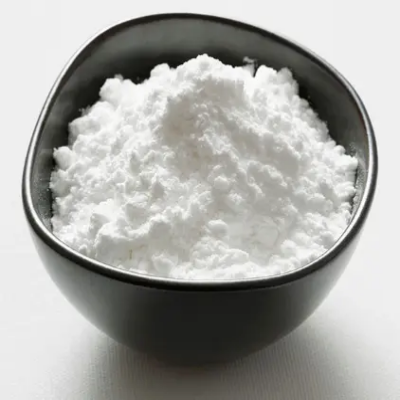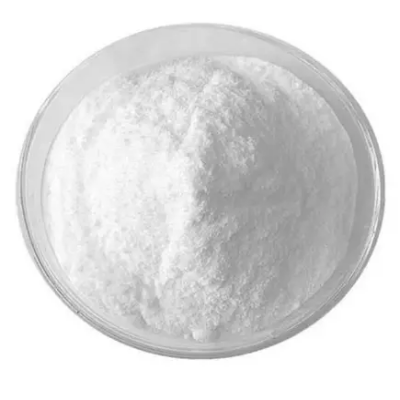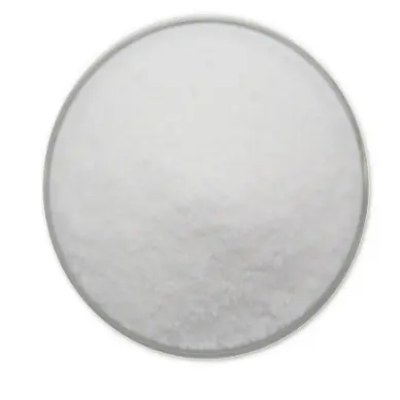Triphosphopyridine nucleotide disodium salt CAS:24292-60-2
Redox reactions: NADP+ functions as a cofactor in numerous enzymatic reactions involved in cellular metabolism, particularly those related to energy production. It accepts and carries electrons during these reactions, participating in oxidation-reduction (redox) processes.
Biosynthesis of macromolecules: NADP+ plays a critical role in several biosynthetic pathways, including fatty acid and cholesterol synthesis. The reducing power carried by NADP+ is necessary for the production of these macromolecules.
Antioxidant defense: NADP+ is involved in antioxidant defense mechanisms within cells. It helps to regenerate the antioxidant molecule glutathione (GSH), which helps protect cells from damage caused by excessive reactive oxygen species (ROS).
Detoxification reactions: NADP+-dependent enzymes, such as glutathione reductase, are involved in detoxification processes in the body. These enzymes help eliminate toxic substances by converting them into less harmful forms.
Research applications: NADP+ and its disodium salt are widely used in research and laboratory settings. They are used as cofactors in enzymatic assays to study specific metabolic pathways, redox reactions, and enzymatic activities. NADP+ can also be used in biochemical or biophysical experiments to manipulate cellular processes or evaluate the effects of specific compounds on cellular metabolism.
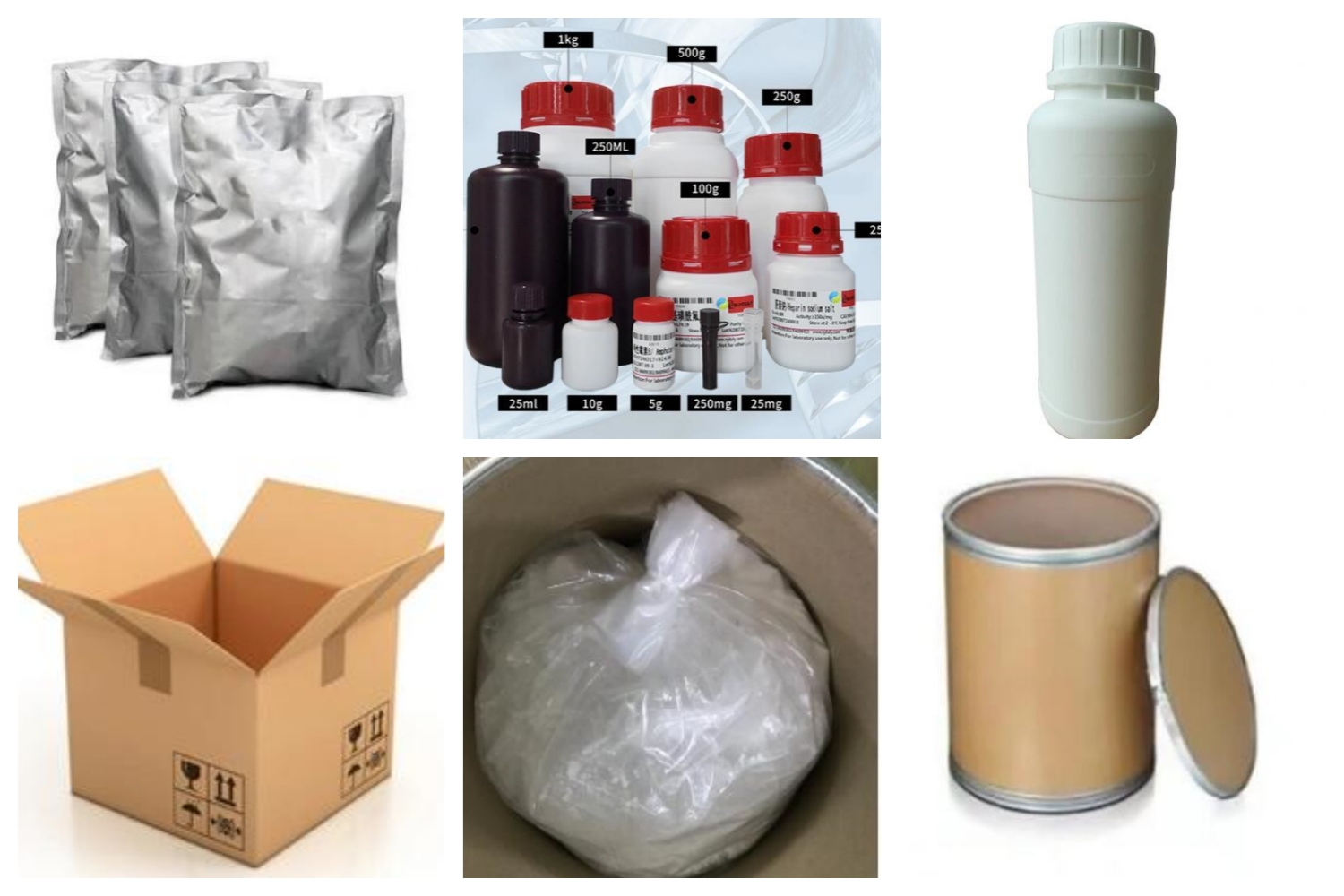
| Composition | C21H29N7NaO17P3 |
| Assay | 99% |
| Appearance | White powder |
| CAS No. | 24292-60-2 |
| Packing | Small and bulk |
| Shelf Life | 2 years |
| Storage | Store in cool and dry area |
| Certification | ISO. |


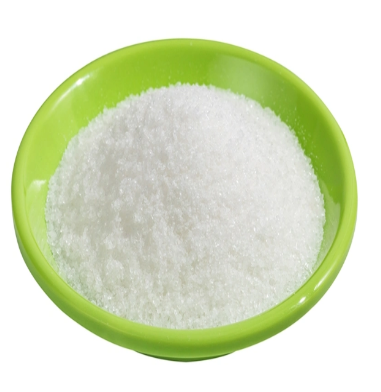

![1-[(4-Fluorophenyl)carbamoyl]cyclopropanecarboxylicacid CAS:849217-48-7](https://cdn.globalso.com/xindaobiotech/1ZNB2ZF342ZWRNG57.png)
